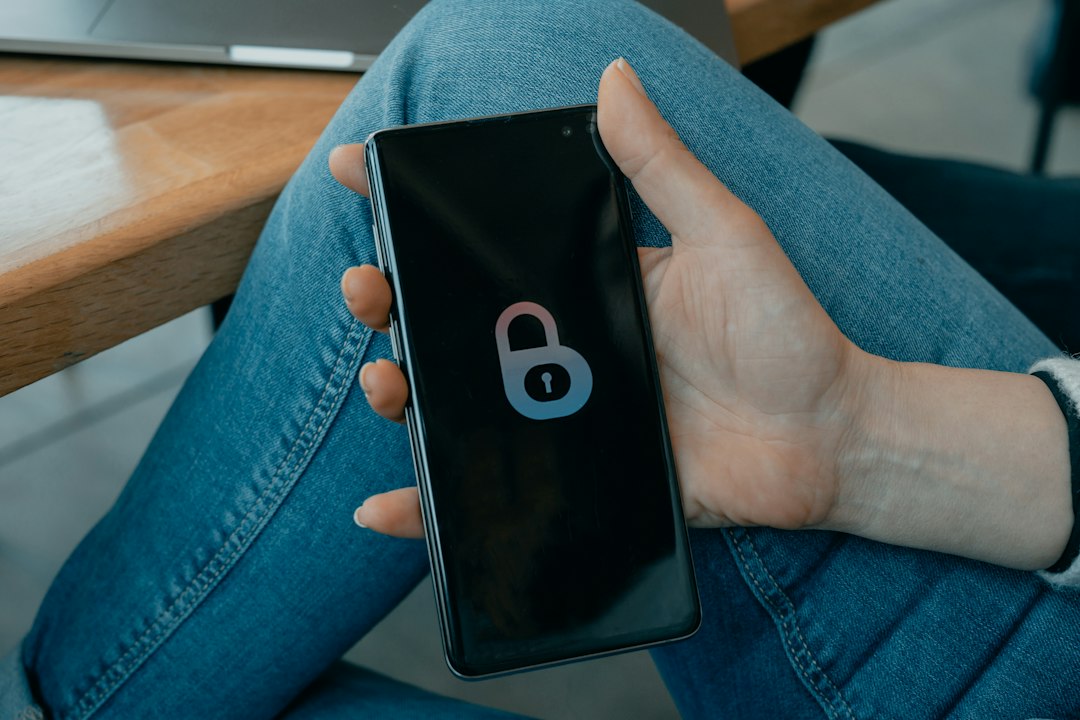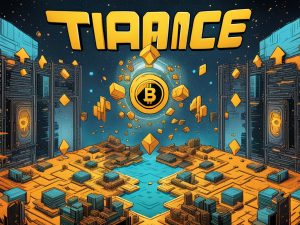The Teenage Hacker Group That Attempted to Extort Microsoft and Nvidia
– LapsusS gained notoriety for cyberattacks in 2022, targeting Brazilian Health Ministry and large technology firms like Microsoft and Nvidia
– Their tactics involve accessing private servers and extorting victims with the threat of publishing or deleting their data
– Media attention focused on the young age of some alleged core members, including 16-year-old Arion Kurtaj
Despite Arrests, Cybersecurity Efforts Remain Hamstrung, Says CSRB
– Lack of government funding constrains law enforcement agencies in combating cybercrime
– Chronic underreporting of incidents hampers efforts to clamp down on cybercrime and seize stolen or extorted cryptocurrency
– Cryptocurrency, especially privacy coins, play a central role in cybercrimes like the Lapsus$ hacks
Crypto Central to Cyber Extortion
– Hackers often demand ransom payments in cryptocurrency
– Darknet markets, where stolen data is sold, utilize privacy coins for transactions
– No evidence that targeted firms actually paid ransoms or that Lapsus$ sold stolen data
Recommendations From the Lapsus$ Report
– Transition towards passwordless verification and advanced multi-factor authentication techniques
– US government should take a more proactive role in developing national cyber resilience and incentivize adoption of secure systems
– Funding cybercrime prevention programs for young people to address challenges posed by juvenile hackers
Hot Take
The Lapsus$ report highlights the need for increased funding and resources to combat cybercrime. It also emphasizes the role of cryptocurrency in cyber extortion. To prevent future hacks, organizations should adopt stronger authentication methods, and the government should play a proactive role in promoting cyber resilience. Additionally, addressing the challenges posed by juvenile hackers requires investing in cybercrime prevention programs for young people.





 By
By
 By
By
 By
By

 By
By
 By
By